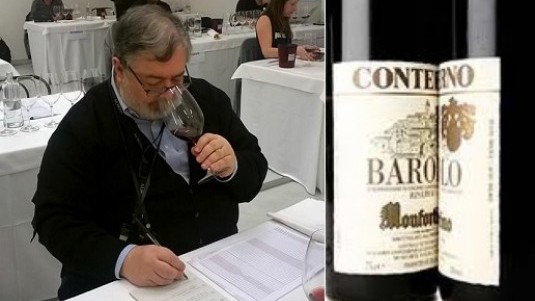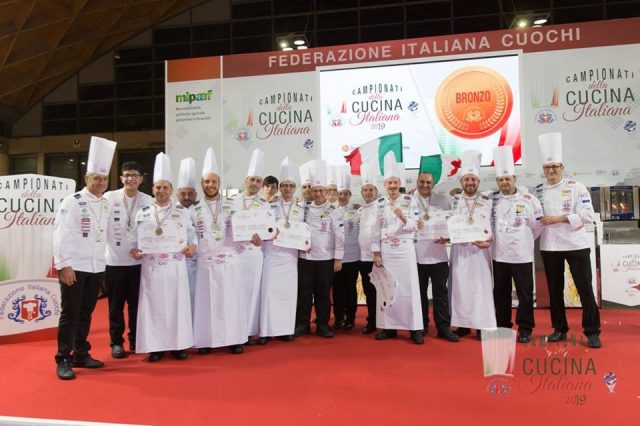Monfortino vs. Monfortino: musical harmony

I’m going to try and explain why Monfortino is Italy’s greatest wine. This is no great discovery of mine, but it isn’t something you can just take for granted, either. The question arose quite clearly because I happened to have had at home, for some time now, a bottle each of the ’96 and of the ’61, two of the best vintages – or perhaps “the” best vintages - ever. The right opportunity cropped up for me to open them and I did so, hoping that they would both be in good condition. Opening the bottle of ’61 Monfortino was certainly a bit of an effort, but the cork had kept well and it didn’t crumble.
I should make one or two points first. I hate Barolos that are too old, those which start to smell of liquorice and glutamate. I adore those that still have notes of violets and slightly smoky aromas, what the French describe as “goudron” (tar). I detest Barolos that are too tart and thin, such as those that are fashionable nowadays. It’s no accident that all – and I do mean all – the great experts on Barolo maintain that those of Monforte and the southern part of Serralunga are the best. At La Morra and in Barolo itself, they make elegant wines, but ones that are less long-lived and complex. The finest Barolos come from between the Rionda hill and Cascina Francia, perhaps arriving as far as the Ginestra vineyard and including part of Bussia as well.
Above all, I adore Monfortino, which was created by Giacomo Conterno, produced for years by his son Giovanni and now, following his death, by Roberto Conterno, son of Giovanni and grandson of Giacomo. It is made with maturation in large oak casks; long macerations, sometimes for even more than a month; release onto the market after seven or eight years’ ageing; and it is capable of evolving in the bottle for decades. The grapes? Nebbiolo, especially of the Lampia sub-variety: perhaps once upon a time Giacomo used to add a little Barbera, but now you’re not allowed to. You know, somebody decided that it wasn’t “traditional”…
The ’61 and ’96 were, on the whole, fairly similar vintages: hot without being torrid, producing good but not over-abundant (like in ’64) quantities of perfectly ripe grapes.
|
||||||||||||
|

 Italiano
Italiano








